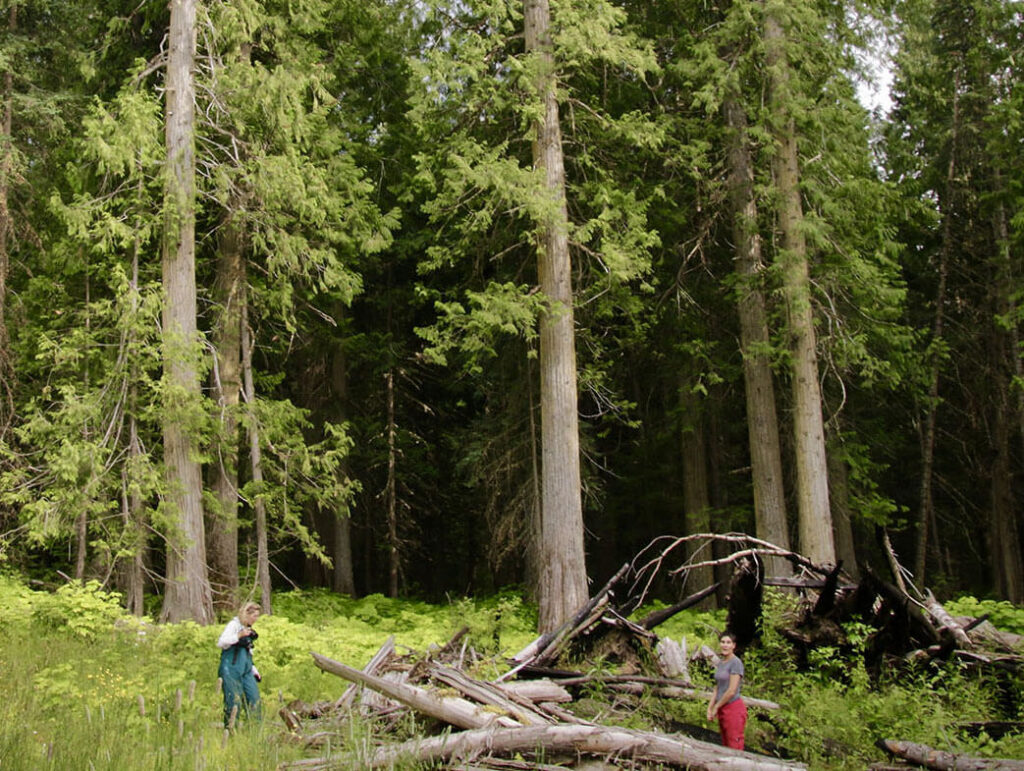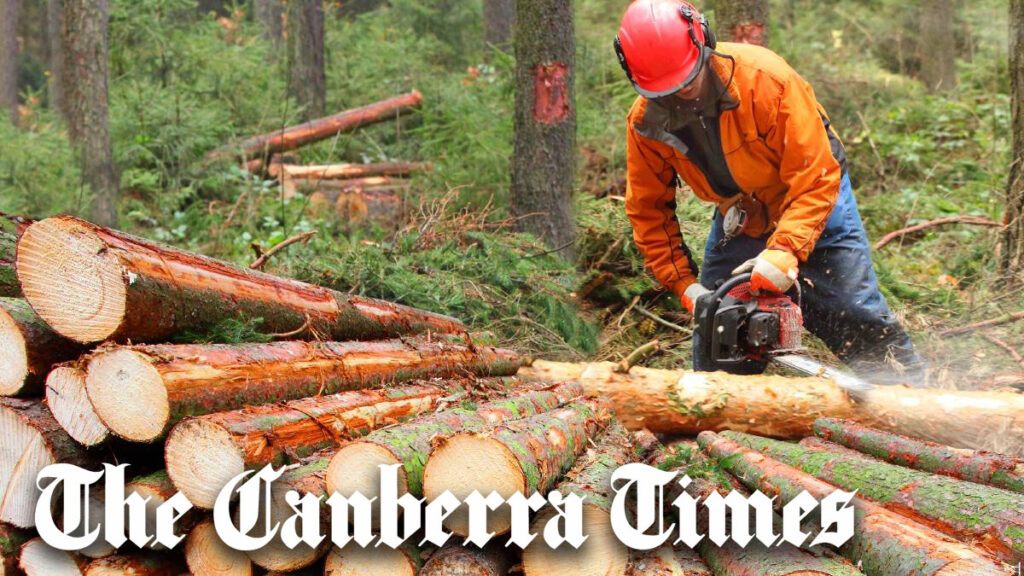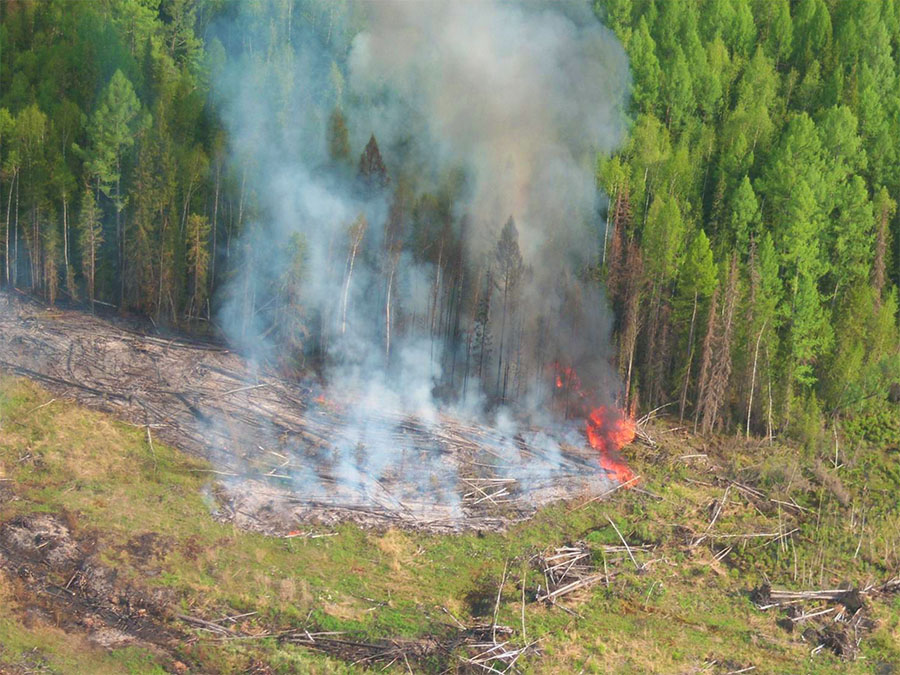
Policy options
Our scientific research has been guided by influencing forest policy
The Primary Forests and Climate project had a goal of generating science that directly informed climate, carbon, and forest policy advocacy. Key areas included:
Project members working on forest policy
Virginia Young
Mary S. Booth
Ang Phuri Sherpa
Barbara Zimmerman
Cyril Kormos
Zoltán Kun
Dominick DellaSalla
Brendan Mackey
1. Is forest biomass really 'clean energy'?
The recent shift towards using forest biomass burning for energy generation in power stations comes risks increased CO2 emissions and
negative impacts on forest ecosystem integrity - all in the name of 'clean energy'.
There is increasing evidence that primary forests around the world are being harvested for wood chips that find their way into feedstocks of thermal power stations in Europe and Asia. In many instances, biomass that has been approved for harvest for high-value timber products is being directly used for energy generation - illegally.
The theory is based on 'net carbon accounting'. Biomass used in energy production that emits CO2 is offset by biomass regrowth - the net change in CO2 in the atmosphere is assumed as zero.
Obviously, this concept ignores the timing of the emissions. The CO2 emissions from biomass burnt today takes many years to be fully sequestered back into biomass. Meanwhile, the CO2 is generating a radiative forcing in the atmosphere.
Furthermore, even when forests are selectively logged, the degradation has material impacts on the total forest biomass.
The project generated a number of outputs, including research papers, media, and policy briefs.
Key findings:
- If fossil fuels are replaced with burning forest biomass for energy generation there will be major perverse impacts in terms of both elevated anthropogenic carbon emissions and substantial negative impacts on forest ecosystem integrity and increased biodiversity loss.
- Using forest biomass, including so-called forestry residues, should not be included as an eligible renewable energy source in renewable energy policies including directives, regulations, targets and other instruments.
2. The climate crisis and biodiversity crisis have the same solutions
The Nexus Report: Nature Based Solutions to the Biodiversity and Climate Crisis highlights the importance of biodiversity protection for climate action (and vice versa). The report provides guidance and recommendations on how action on climate change can explicitly and systematically take biodiversity conservation into account to meet the challenges of both crises.
The report and its findings were taken to, and tailored for, negotiations at COP15 of the Convention on Biological Diversity (CBD), the UN Climate Change Conference (COP26) and to the G20.
Key findings:
- Preventing biodiversity loss, mitigating and adapting to climate change is practicable, cost-effective, and achievable.
- Too often biodiversity and climate change are dealt with in relative isolation, including in how governments and other stakeholders organize themselves to act on these two inextricably linked issues.
- If action on climate change explicitly and systematically takes biodiversity conservation into account, we can generate synergies and positive feedback loops, with respect to generating political will, mobilizing financial and technical resources, and taking action on the ground
3. There is a 'land gap' between pledges and a safe climate
The ‘Land Gap’ Report highlighted that countries’ climate pledges rely on unrealistic amounts of land-based carbon removal and demonstrated the need for much deeper cuts in emissions importance of protecting all remaining primary ecosystems; securing land rights for communities; and shifting to agroecology in food production.
The Land Gap Report was launched just before the COP26 UN Climate Change Conference and informed advocacy work there.
Key findings:
- Countries’ climate pledges rely on unrealistic amounts of land-based carbon removal, and hence must instead make much deeper cuts in emissions.
- The report emphasises the need for much deeper cuts in emissions importance of protecting all remaining primary ecosystems; securing land rights for communities; and shifting to agroecology in food production.
4. Including forest protection in the Glasgow Climate Pact
The Program has provided the evidence-base for the inclusion and implementation of forest protection to support climate action and biodiversity and explicit mention of carbon reservoirs into the Glasgow Climate Pact through a better understanding of carbon accounting.
Article 38 of Glasgow Climate Pact:
“Emphasizes the importance of protecting, conserving and restoring nature and ecosystems to achieve the Paris Agreement temperature goal, including through forests and other terrestrial and marine ecosystems acting as sinks and reservoirs of greenhouse gases and by protecting biodiversity, while ensuring social and environmental safeguards”
5. Informing improved forest landscape management
The frameworks developed by the Program are informing and guiding management and evaluation of landscape-based approaches to forests. This has included frameworks to ensure more holistic approaches to landscape management and practical tools for evaluating landscape planning.
Key outcomes:
The work of the program has been included in the Land Sector Climate Action and Ecosystem Protection & Restoration advice in the CLARA Guide to Nationally Determined Contributions, which is designed to make it easier for people and communities to engage with the discussions on land-use impacts of climate change.














